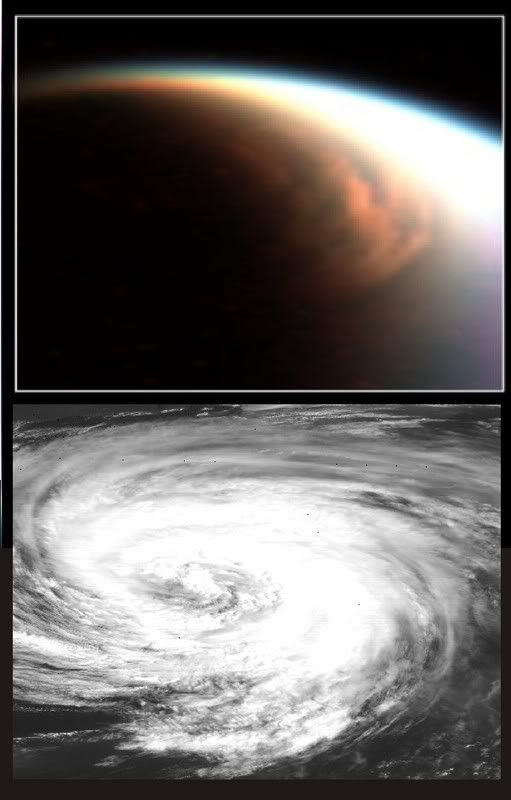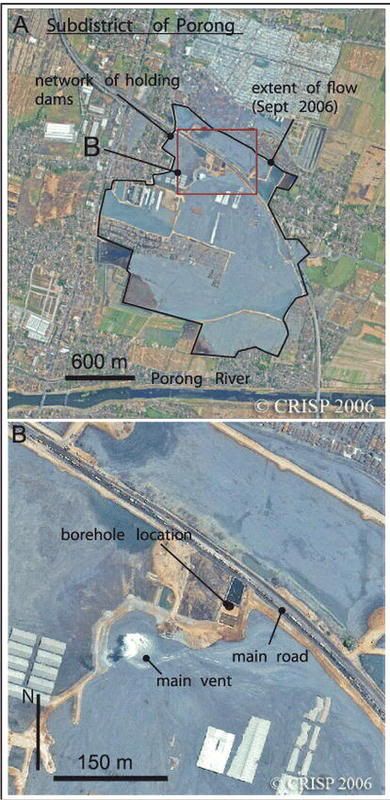This morning, armed with my contract and my passport, I set out to register at my new academic home. I was told that I needed to go the International Office, which proved to be the starting point of a rather long and convoluted morning of being shunted around campus:
- The staff at the International Office tell me I need a student number from Biographics department.
- I head downstairs to the Biographics department, who tell me that before they can give me a student number I need to go to the Science Faculty Office to get the relevant form.
- Across campus at the Science Faculty Office, after some confusion I get given a form, which seems more like a student degree application form than anything else, and get told that at some point I will need to pay a fee to ‘unblock’ my registration.
- Back at the Geology department, after checking that I’m not literally on a wild goose-chase, I fill in the sections of the form which actually seem relevant.
- Back to Biographics, who tell me that the form needs to be stamped by the International Office.
- Upstairs at the International Office, they stamp my form, but tell me that my account must be unblocked my paying the fee at the Finance Office.
- I venture the other way across campus to the Finance Office, where I queue for 20 minutes or so to pay the fee.
- Back in once more to Biographics and finally get my student number.
- Return in triumph to the International Office – they give me yet another form to take back to Finance (I’m starting to think that my first visit – and payment – was unnecessary, but no-one seems sure).
- After shuttling between a couple of people in the Finance Office, they tell me I am now ok to register at the Science Faculty Office.
- I return to the Science Faculty Office, where they discover my account is still blocked. After 10 minutes of phoning around (what a novel concept!) I finally get registered.
I was an undergraduate at a University that has had eight centuries to perfect its administrative opacity, but I have to admit, I’m thoroughly impressed. At least I can say that I got some exercise this morning, and got a lot of practice in finding my way around the campus.






